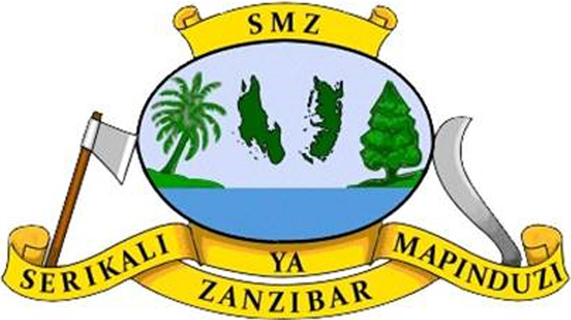Subject and Topic
Description
- Explore basic electricity relationships.
- Explain basic electricity relationships in series and parallel circuits.
- Use an ammeter and voltmeter to take readings in circuits.
- Provide reasoning to explain the measurements and relationships in circuits.
- Build circuits from schematic drawings.
- Determine if common objects are conductors or insulators.
Language
English
Resource Type
Publisher
pHET Interactive Simulations
Publication Date
Copyright Licence
Copyright Holder


